Plenary Speakers
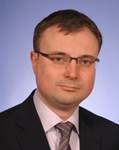 Dr Andrey Turshatov
Dr Andrey Turshatov
Institute of Microstructure Technology (IMT), Karlsruhe Institute of technology (KIT), Eggenstein-Leopoldshafen, Germany
Talk title: Bright Ideas: How Luminescent Tracers Improve Plastic Recycling, Energy Conversion, and Counterfeit Detection
Andrey Turshatov is a group leader at the Karlsruhe Institute of Technology (KIT) in Germany. He received his PhD in polymer chemistry from the Nizhny Novgorod State University in Russia. Following his doctorate, Dr Turshatov carried out postdoctoral research at the Technical University of Clausthal, where he used fluorescence methods to study polymer coatings, and at the Max Planck Institute for Polymer Research, where he focused on photon upconversion processes. At KIT, Dr Turshatov leads a research group working on a wide range of topics, including the chemistry and photophysics of both organic and inorganic luminescent materials and the development of innovative photocatalytic systems for water purification. His recent research interests have expanded to include the application of phosphor materials as luminescent tracers in next-generation plastics sorting technologies, a promising approach to improving recycling efficiency.
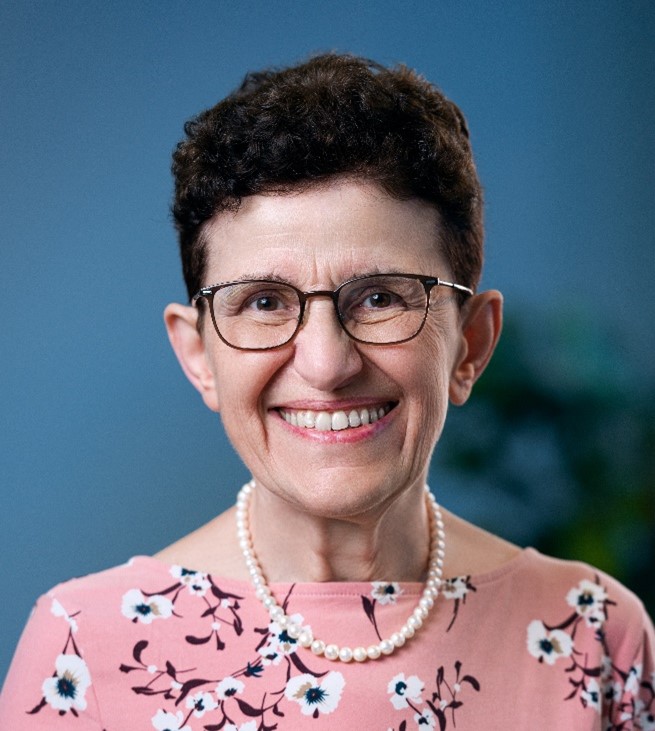 Prof Bice Martincigh
Prof Bice Martincigh
Department of Chemistry, University of KwaZulu-Natal, South Africa
Talk title: Carbon-based materials for third-generation solar cells
Bice Martincigh received her PhD from the University of Natal. She taught at Natal Technikon before joining the University of Natal (now University of KwaZulu-Natal) where she currently holds the post of Professor in Physical Chemistry. She has held Visiting Professorships at West Virginia University, the University of Wales in Cardiff, Portland State University and the Gandhi Institute of Technology and Management (GITAM) in India. She served as President of the South African Chemical Institute (SACI) from 2015 to 2017. She is a recipient of the University’s Distinguished Teacher Award and the SACI Merck medal. She has been elected as a Fellow of SACI, Royal Society of Chemistry (RSC), International Union of Pure and Applied Chemistry (IUPAC), and the Royal Society of South Africa, and as a member of the Academy of Science of South Africa (ASSAf). Her research encompasses the application of physical chemistry principles to solve problems related to health or the environment. In doing so she has investigated the photochemical behaviour of the absorbers used in sunscreen and cosmetic preparations to prevent reddening of the skin, and the application of nanomaterials for energy or wastewater remediation either through adsorption or photocatalysis. She is also involved in projects investigating environmental contamination. She has successfully graduated 30 PhD and 29 MSc students. For many years she was involved with the organization of the annual FFS Expo for Young Scientists. She is also one of the magicians in the annual SACI KZN Magic Show. Currently, she is one of the mentors for the South African team to the International Chemistry Olympiad (IChO). These initiatives aim to foster and develop an interest in science among our school learners.
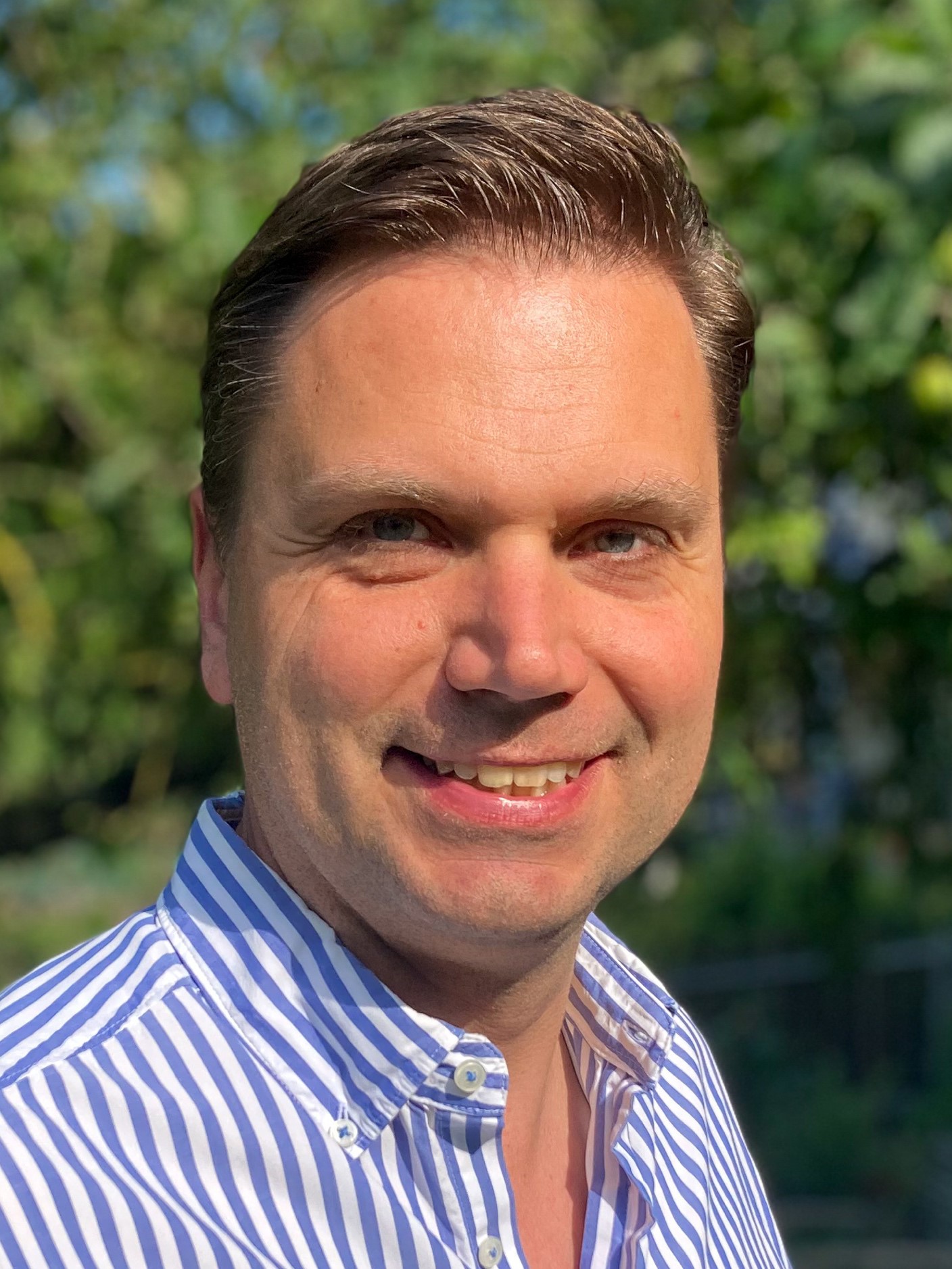 Prof Alexander Heidt
Prof Alexander Heidt
Laser Physics Group, University of University of Bern, Switzerland
Talk title: Silica optical fibers functionalized with nanoparticles and quantum materials
Alexander Heidt studied Physics at the University of Konstanz (Germany) before completing a bi-national PhD degree at the University of Stellenbosch (South Africa) and the University of Jena (Germany) in 2011. After working as Marie Curie Research Fellow at the Optoelectronics Research Centre in Southampton, UK, and founding a craft beer brewing company in Mexico, in 2019 he received a prestigious Eccellenza Professorship at the Institute of Applied Physics, University of Bern (Switzerland), where he was recently appointed Full Professor and head of the Laser Physics Group. His primary research interests revolve around shaping the temporal and spectral properties of light using nonlinear light-matter interactions, specialty optical fibers with novel functionalities, and dual-frequency comb technology with its applications in ultrafast imaging and spectroscopy.
Invited Speakers
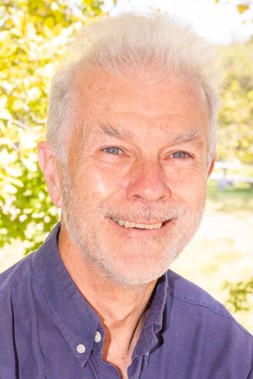 Prof Dr Per-Olof Holtz
Prof Dr Per-Olof Holtz
CScO at Polar Light Technologies AB, Linköping, Sweden, as well as Professor Emeritus, Dept. of Physics, Chemistry, Biology (IFM), Linköping University, Sweden
Talk title: Towards smaller, brighter and more efficient micro-LEDs
His work includes optical characterization of different semiconductor based quantum structures with experience of SiGe, ZnSe/Te/S, InGaAs/GaAs, InGaN/GaN/AlGaN material systems and present focus on the nitride system. This includes applied work on InGaAs/GaAs quantum structure based infrared detectors and InGaN/GaN quantum structure based micro-LEDs. He has about 530 publications accepted at international conferences/published in scientific journals and is author of the book "Impurities Confined in Quantum Wells" (Springer Verlag, 2004). He is program director of the NANOPTO SSF program Quantum Wires/Dots for Optoelectronics and the NANO-N SSF consortium: Nitride Based Quantum Wires and Dots for Optoelectronic Devices.
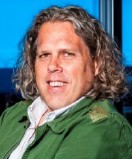 Prof Dr Bryce S Richards
Prof Dr Bryce S Richards
Institute for Microstructure Technology (IMT), Nanophotonics for Energy, Faculty of Electrical Engineering and Information Technology, Karlsruhe Institute of Technology (KIT), Eggenstein-Leopoldshafen, Germany
Talk title: Broadband spectral conversion and management for next generation greenhouses
Bryce Richards studied physics at the Victoria University of Wellington (New Zealand) before completing a Masters and PhD in electrical engineering at Univ. of New South Wales (Australia), in 1998 and 2002, respectively. He worked at both UNSW and the Australian National University. In 2006, he joined Heriot-Watt University (Edinburgh, U.K.) as a lecturer, being promoted to full professor in 2008. Since 2014 he is co-director of the Institute for Microstructure Technology (IMT) and Light Technology Institute (LTI) within the Karlsruhe Institute of Technology (Germany). His primary research areas lie in third generation photovoltaics (including perovskite solar cells), spectral conversion (up- and down-conversion), luminescent materials, light management, and solar-powered water treatment systems.
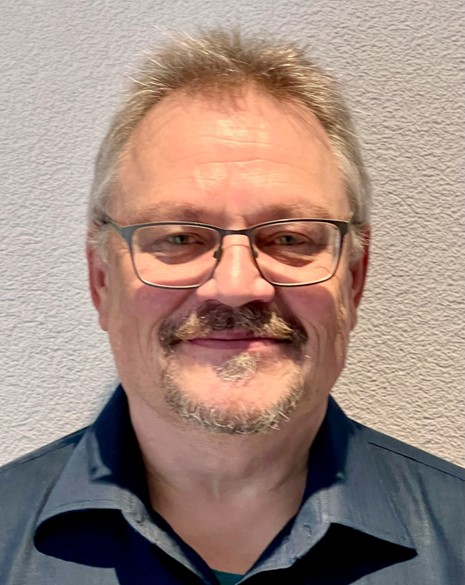 Prof Thomas Lippert
Prof Thomas Lippert
Paul Scherrer Institute, Switzerland
Talk title: Thin films as model systems for studies of energy materials
Thomas Lippert studied Chemistry at the University of Bayreuth, Germany, where he received his PhD in Physical Chemistry in 1993. He then stayed as Postdoctoral Fellow at NIMC in Tsukuba, Japan. After Japan he moved in 1995 to Los Alamos National Laboratory, USA, where he also became a Technical Staff Member. Since 2013 Thomas is also professor at the Laboratory of Inorganic Chemistry at ETH Zurich. Thomas Lippert is since 2002 head of the Thin Films and Interfaces group and since 2022 the head of the Laboratory for Multiscale Materials Experiments in the Research with Neutrons and Muons Division at the Paul Scherrer Institute. He has published more than 380 papers, delivered more than 180 invited talks, and organized more than10 international conferences. He is the Editor-in-Chief of Applied Physics A-Material Science & Processing and was the President of European Materials Research Society (E-MRS, from 2014-2015).
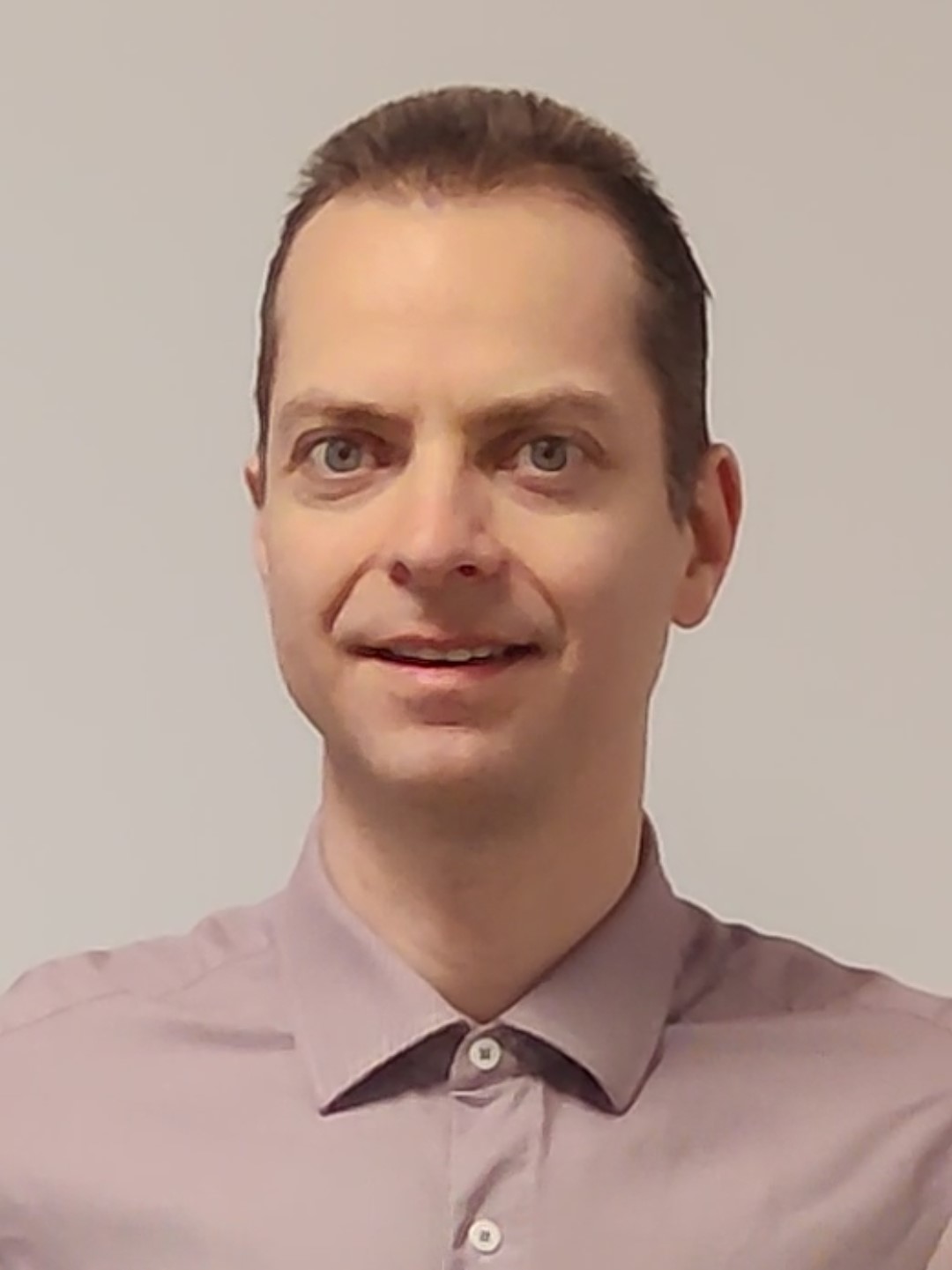 Dr Ruediger Loeckenhof
Dr Ruediger Loeckenhof
AZUR SPACE Solar Power, Heilbronn, Germany
Talk title: 3 Junction and 5 Junction Solar Cells in Concentrating Photovoltaics Systems: Considerations, Simulations and Field Studies
Ruediger F. Loeckenhoff studied physics at the University of Konstanz and received his first degree for the development of monolithically interconnected modules MIMs at Fraunhofer Institute for Solar Energy Systems ISE, Freiburg in 2003. His PhD thesis continued this work by addressing water cooled dense array solar cells and modules in a wider scope. Since 2007 he has been working at AZUR SPACE Solar Power on various kind of concentrating photovoltaics (CPV) system, projects, cells and systems including central receiver systems with dense array modules and point focus Fresnel modules. His expertise comprises III-V solar cell processing, CPV system design, measurement, simulation, and field monitoring, as well as more recently measurement hardware and robotics for automation.
